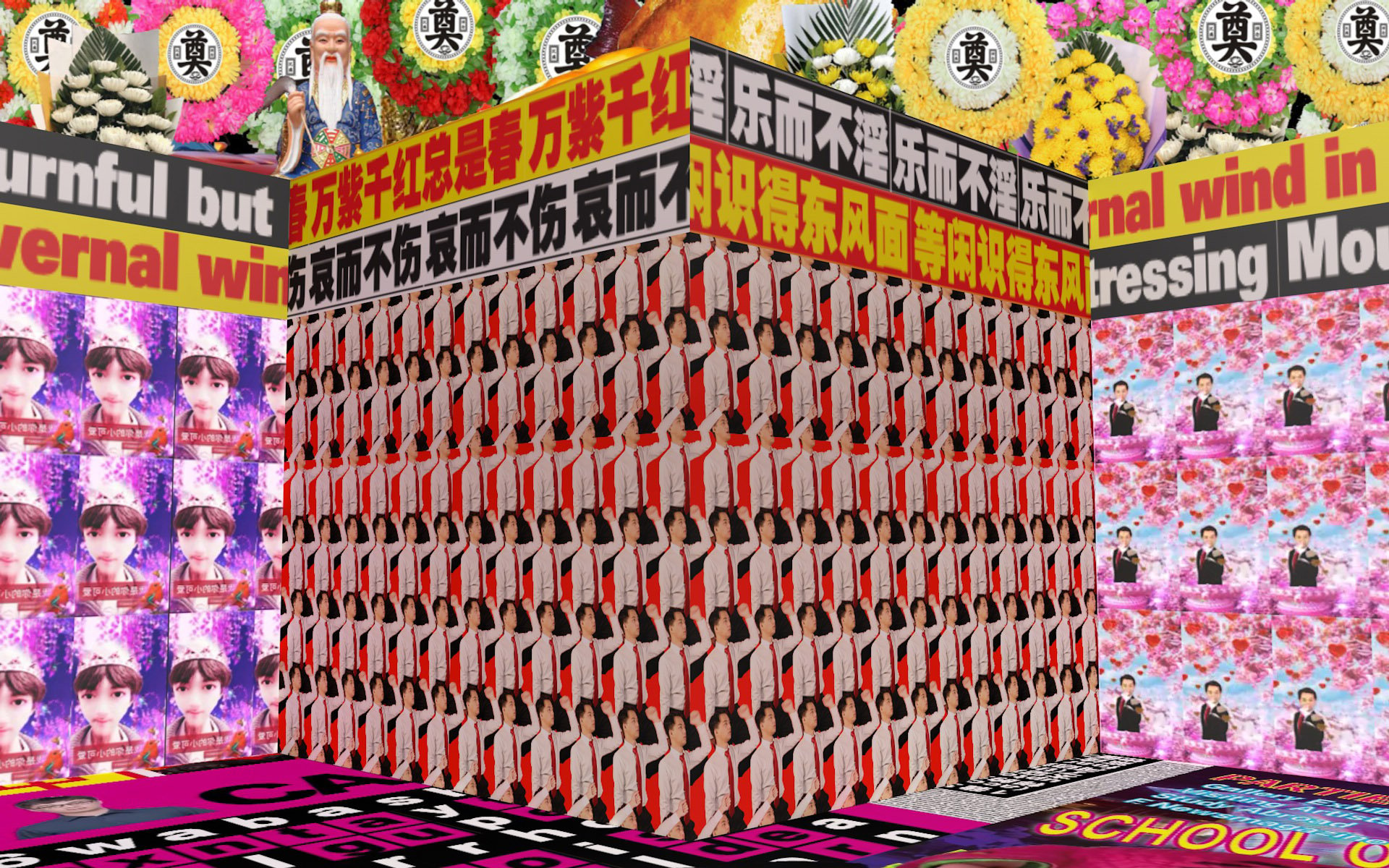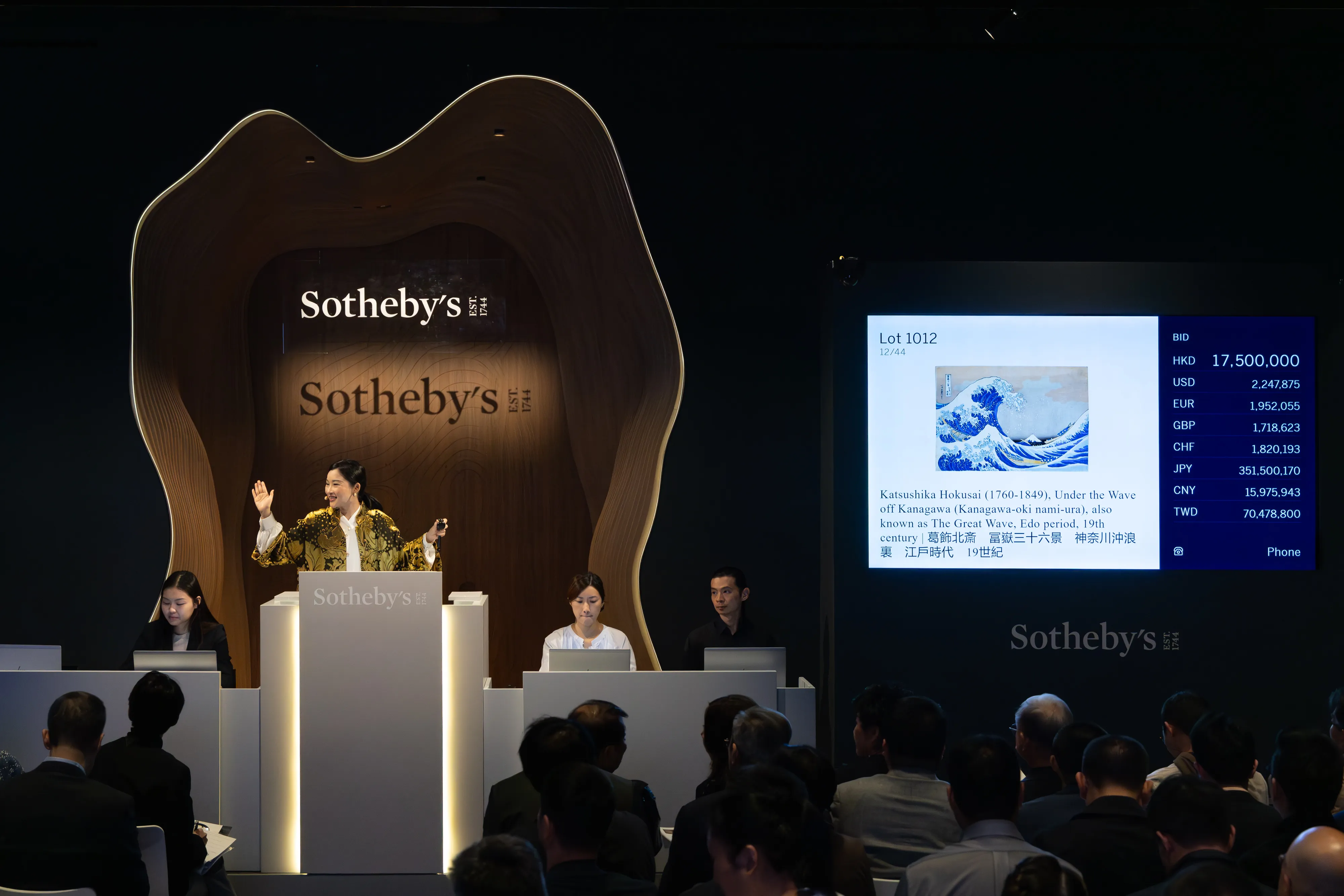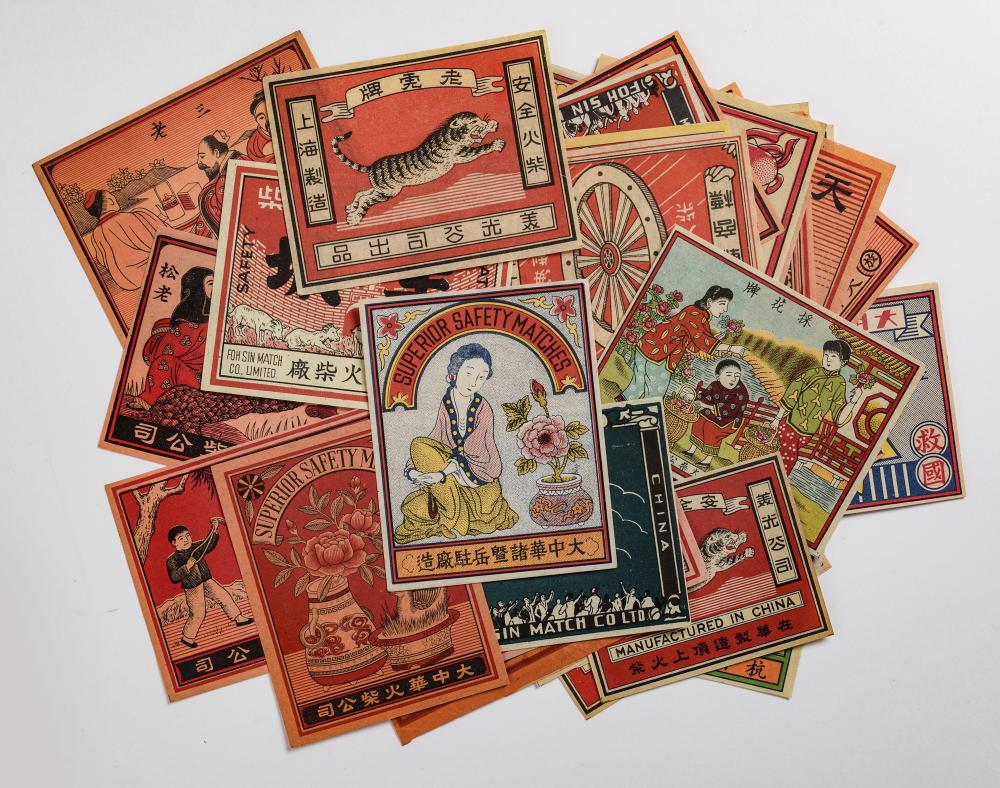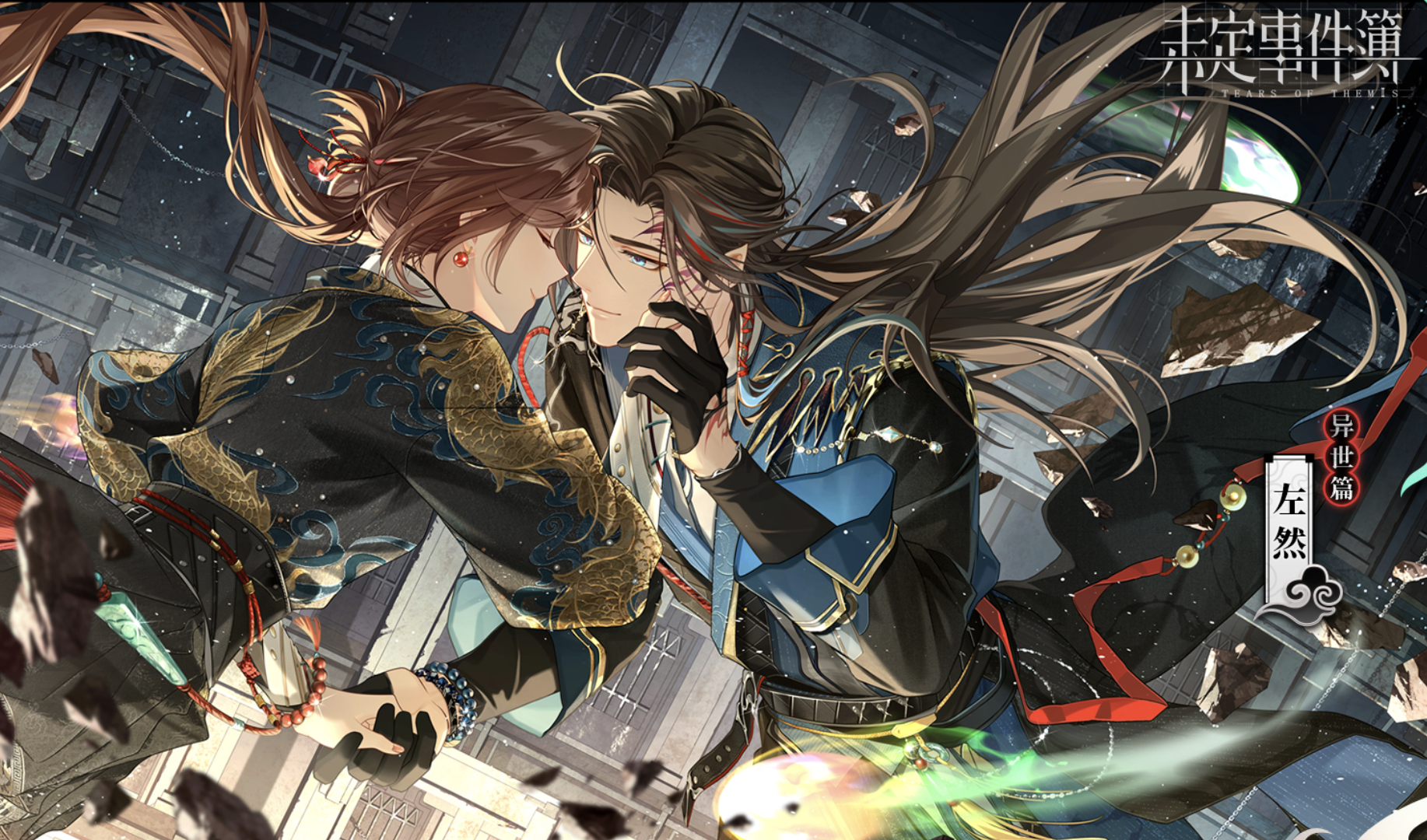In 1976, art critic John Berger traced the many legacies of an oil painting by Jean-François Millet. Titled The Shower, it depicts a peasant tossing seeds in a field near the French village of Barbizon. Among the different meanings given to the work throughout the world, Berger writes, Millet’s painting became “a symbol of revolution in Peking and Cuba.”
In 1979, in the eyes of a young group of painters studying at the Sichuan Academy of Fine Arts in Chongqing, Millet and the school of realist painters to which he belonged, named the “Barbizon school” for their depictions of the village and its peasants, began to symbolize the purity of unsophisticated village life, how Barbizon’s inhabitants seemed undisturbed by mass politics. To understand this change in meaning, it is necessary to understand a separate incident, this one in 1933 in Shanghai and involving Millet and the writer Lu Xun.
When Millet’s work was first exhibited in the 1850s in France, Berger writes, it was immediately politically controversial. Leftists claimed the artist as a revolutionary, and those on the right claimed he made his peasants appear monstrous. It is almost certainly with the former interpretation in mind that Lu Xun displayed a reproduction of Millet’s artwork The Gleaners at a meeting of the Epoch Art Society (时代美术社 shidai meishu she) in Shanghai in 1933. The painting shows three women picking scraps from a just-harvested field, while the bountiful harvest is stacked behind them. The implicit critique, claimed the leftists, is obvious.
In the 1910s and ’20s, modern European oil painting made its way into China through the large numbers of artists who studied abroad. Artists such as Lin Fengmian and Xu Beihong, who both left for Paris in 1919, encountered new philosophy and art in Europe, especially in France. By 1930, debates among artists and intellectuals in China about the political status and utility of art and literature were becoming more intense and more politicized, just as they were in Europe. Left-wing writers and artists began to organize in opposition to the Nationalist government and the increasingly imminent threat of Japanese imperialism.
You might also like:
 Beijing Museum UCCA Facilitates “President-to-President” Exchange with Major Picasso Show“Birth of a Genius” also marks the rebirth of one of Beijing’s seminal art institutionsArticle Jul 02, 2019
Beijing Museum UCCA Facilitates “President-to-President” Exchange with Major Picasso Show“Birth of a Genius” also marks the rebirth of one of Beijing’s seminal art institutionsArticle Jul 02, 2019
Such was the background when Lu Xun, a writer and a key supporter of modernism in China, hung The Gleaners on the wall before his lecture. Epoch Art Society, like other similar art groups at the time, was a venue for artists to discuss and spread Marxist theories of art and politics. This philosophy came from Western Europe and the newly-established Soviet Union at a time when revolutionaries looked westward for models of everything, from government to arts education. According to a manifesto published by the Epoch Art Society in 1930, art is “an attack on the class consciousness of the oppressor class […] a weapon in the class struggle.”
In 1930s Shanghai, in other words, the meaning of Millet’s work was somewhat similar to what it was for leftists in nineteenth-century France: The Sower and The Gleaners possessed a realism that revealed the difficult straits of French peasants in Barbizon and indicted European capitalism. For Millet’s leftist supporters and for members of the Epoch Art Society, the paintings of peasants made clear why revolution was necessary. There is little doubt some artists in Shanghai simply saw the peasants of Barbizon as soon-to-be revolutionaries.
Epoch’s manifesto and others like it set the tone for policy eventually adopted by the Communist Party of China once the revolutionaries moved into power. These policies guaranteed the subjugation of art to explicit political principles and various strands of official art theory until space began to open for more diverse art in the late 1970s, just as Zhang Xiaogang was enrolling at the Sichuan Academy in Chongqing.
Though it is obvious now, the enormous historical significance of reform and the changes it would bring were impossible to grasp at the time. A March 1978 exhibition of French landscape painting at the National Gallery of Art in Beijing included several of Millet’s works, and was one of the first large-scale exhibitions of Western art in years. For Zhang and other students, like Mao Xuhui and Ye Yongqing, reform began on a personal level, on campus, when they queued up in front of the library at the Sichuan Academy of Fine Arts to look at catalogues, often placed in glass cases, featuring reproductions of European art: Picasso, Van Gogh, Matisse. (Zhang describes his paintings of villagers at the time as a combination of Van Gogh and Millet.) They also began to travel to Guishan, a village known among painters for its scenery and villagers of the Sani ethnic minority, where Zhang made a series of paintings he would eventually submit as his graduation project at the Sichuan Academy.
The popular art of the Cultural Revolution had faded with the end of the event itself, and in its place were two art trends: “Native Soil” or “Life-Stream” Art, and “Scar Art,” both of which responded to the lingering legacy of hyper-politicization and, in the case of the latter, societal trauma. The former is well represented by Luo Zhongli’s famous portrait “Father,” to which the critic Shao Yangde responded in a fashion eerily similar to Millet’s right-wing critics when he claimed that Luo’s portrait actually insulted its subject, by “simply blackening the reputation of this socialist peasant.” Luo Zhongli and Millet both placed peasants and their labor -= or its physical effects — at the center of immense canvases at a time when realistic depictions of their class were previously nonexistent, as in France, or heavily politicized, as in China.
Related:
 Chinese Art Provokes Innovation, Protests and Censorship AbroadArticle Sep 28, 2017
Chinese Art Provokes Innovation, Protests and Censorship AbroadArticle Sep 28, 2017
In the years immediately following the Cultural Revolution, the political significance of Millet’s paintings was completely altered from that which Lu Xun had given it in 1930 in Shanghai, and a new framework, one that replaced the political prerogatives in place since the Chinese civil war, was used to see Millet’s peasants again in a different light. “After experiencing the monotonous and bitter Cultural Revolution,” writes art historian Lü Peng, “artists seemingly instinctively longed for sweetness, warmth, and simplicity. With this change in feeling, and as they cast aside political fetters, they began to pursue a truth that matched their hearts and their psychological mentalities.”
Zhang and other young artists in search of ostensibly non-political content turned to Millet’s artworks, the legacy of Barbizon, and Guishan: “From the first time they arrived […] they began to pursue a sentiment that fit the one described by the brush of the Barbizon painters,” writes Lü.
The long life of Millet’s peasants, begun in 19th century France, briefly on the scene in Shanghai, and again thirty years later in Chongqing and Beijing, is perhaps one way of thinking about how artistic concerns evolve along with the relationship between politics and art, even as one artist’s work possesses the remarkable capacity to resurface in radically different historical contexts. Alternatively, their endurance might draw attention to historical currents in Barbizon, Shanghai, and Chongqing that are not as radically different as they seem at first glance.
The idea that art might spur society onwards was tested yet again by avant-garde Chinese artists fully embracing modernism in the 1980s and, by the end of the decade, yet again abandoned. It was during the next decade, the relentlessly commodified 1990s, that Zhang Xiaogang’s largely colorless, blank-faced family portraits in the Bloodlines series, which are unrecognizable next to Millet’s Barbizon peasants or even Zhang’s own Sani villagers, made him an international art star.
These days, iconic modernist paintings, which Zhang first encountered only in catalogues at the Sichuan Academy library, are accompanied by European dignitaries when they come to Beijing, as was the case when more than a hundred of Picasso’s works were joined by French President Emmanuel Macron for a blockbuster exhibition at the UCCA Center for Contemporary Art this past summer. Millet’s evocative realism, on the other hand, like the language of revolution that followed it, has become a matter of historical record.

















